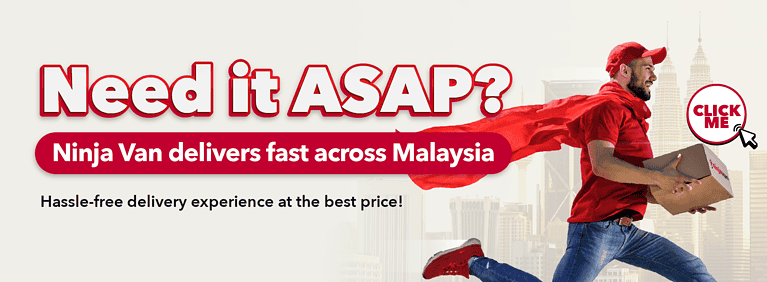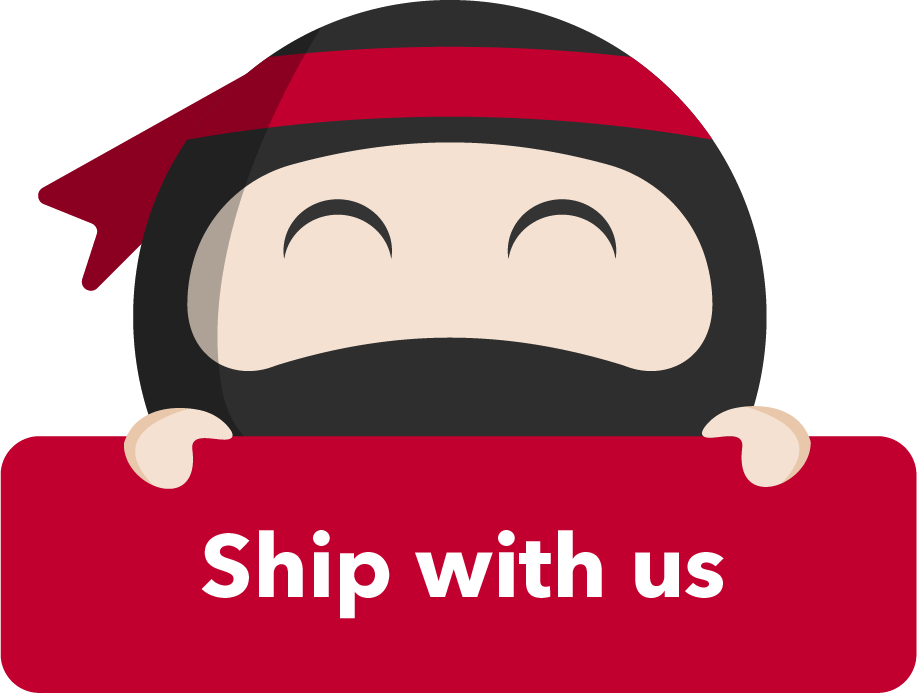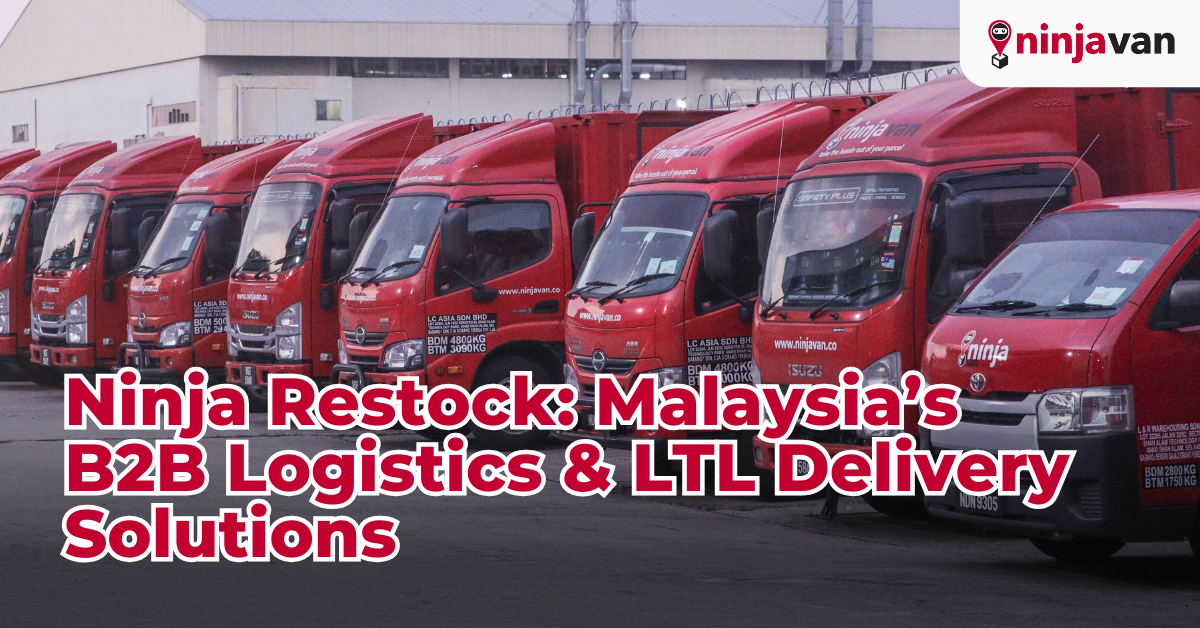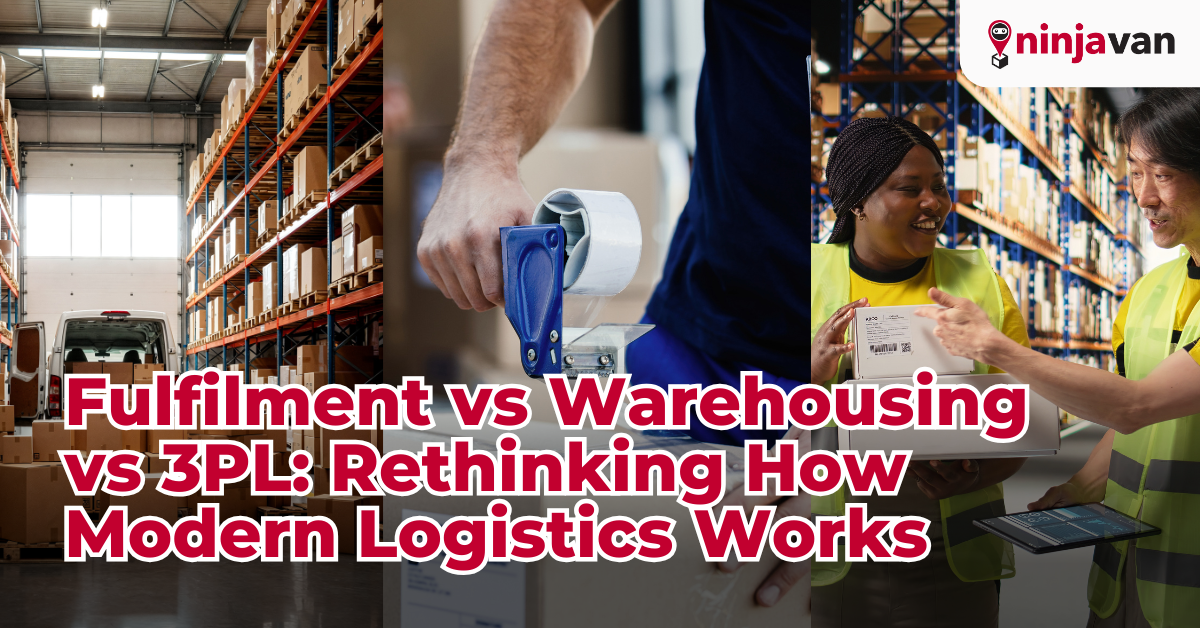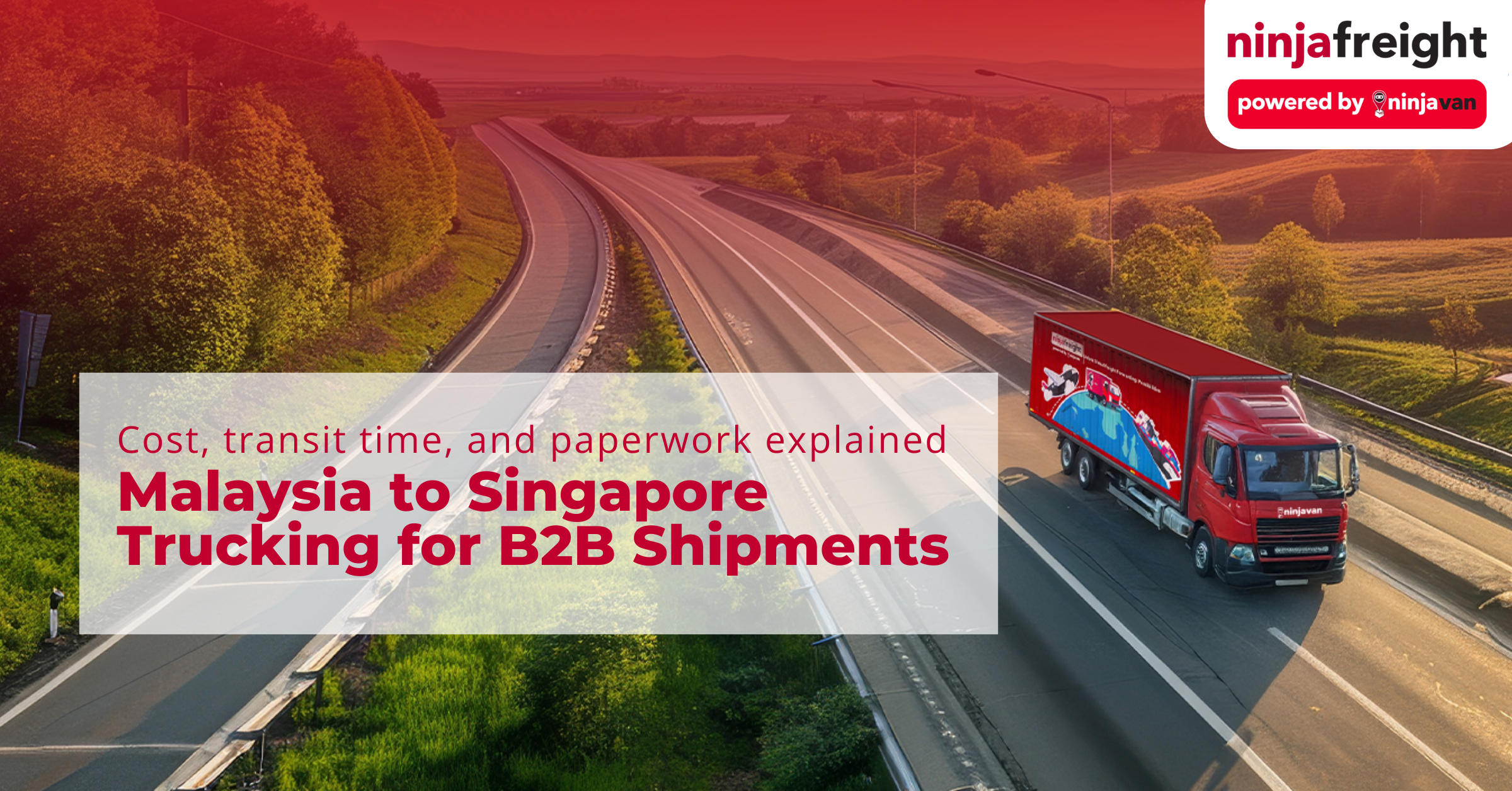You’re probably here because…
you’ve seen your shipping bill climb as order volume increases. You’ve asked: How can I get cheaper shipping cost with Ninja Van? The good news: Ninja Van offers business/enterprise shipping rates (for high parcel volume) that can dramatically reduce your cost per parcel.
But getting the best rates isn’t just about signing up; it’s about meeting criteria, structuring your shipments smartly, and negotiating.
Below, you’ll find a full breakdown, plus tactical steps you can apply right away.
👉 Want to compare rates? Get a quote now for Ninja Van Business Accout.
Key Terminology (and Why It Matters)
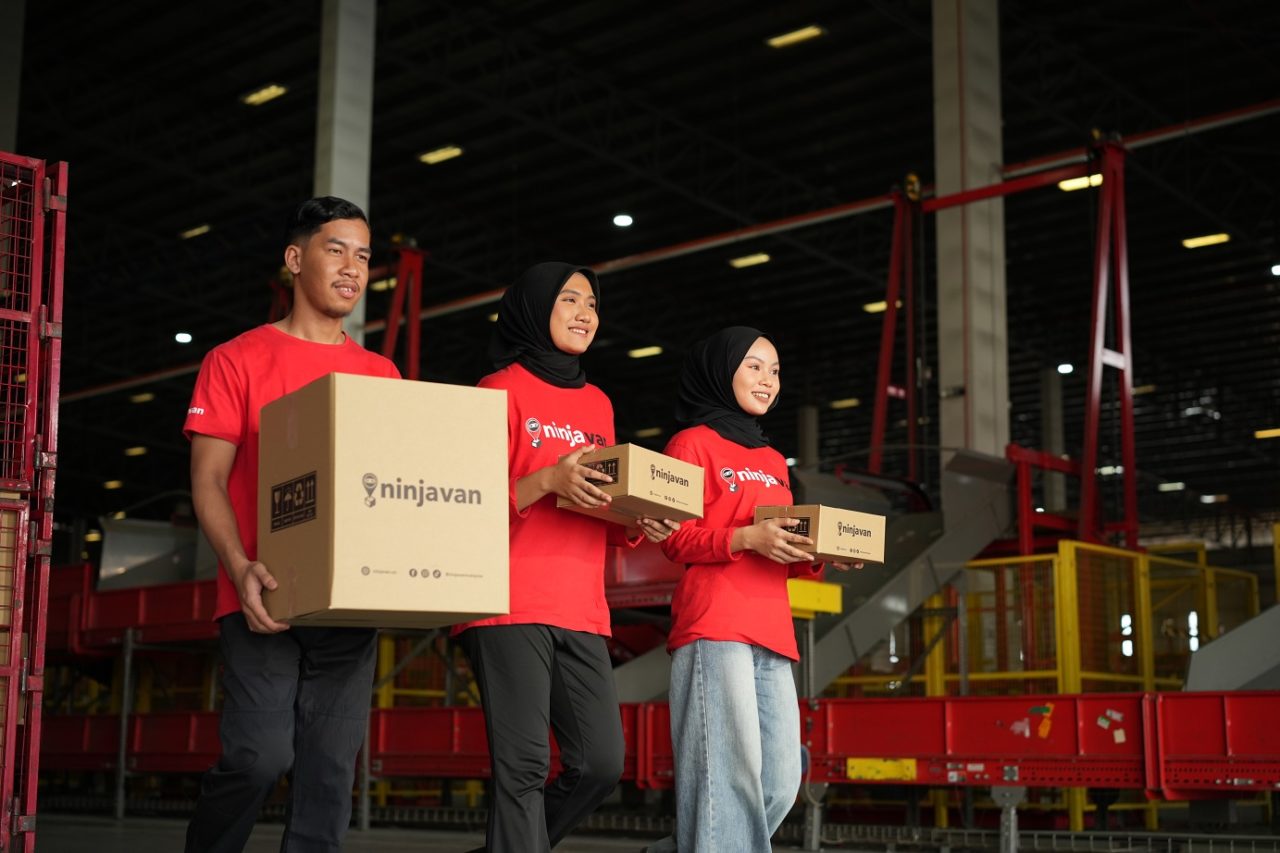
Before diving into strategies, let’s clarify a few industry terms — this helps understand what you can negotiate.
| PPM (Parcels Per Month) | The monthly volume of parcels you ship. Many courier business programs qualify clients based on hitting a PPM threshold. |
| Rate Card / Tariff | The published rates per weight/dimension/distance. Business deals often get you discount off the rate card. |
| Dimensional Weight (Volumetric Weight) | Shipping cost based on package dimensions (length × width × height) relative to a divisor, if that “volume weight” exceeds actual weight. |
| Zone / Zone Differential | Many couriers use zones (e.g. by postal code distance) to adjust cost. |
| SLA (Service Level Agreement) | The agreed delivery time guarantee (e.g. next-day, two-day). Faster SLAs often cost more. |
| Account Manager / Key Account: | Your dedicated representative in the courier firm who helps negotiate rates, resolve exceptions, and support scaling. |
| Backhaul / Consolidation | The practice of combining shipments or using return capacity to reduce cost. |
| Minimum Charge / Lump Sum Minimum | Even small parcels might incur a minimum fee — you can negotiate a lower one with volume. |
| Accessorials / Surcharges | Extra fees for handling, remote area, fuel, Saturday delivery, etc. |
How the Business (Enterprise) Shipping Structure Works with Ninja Van
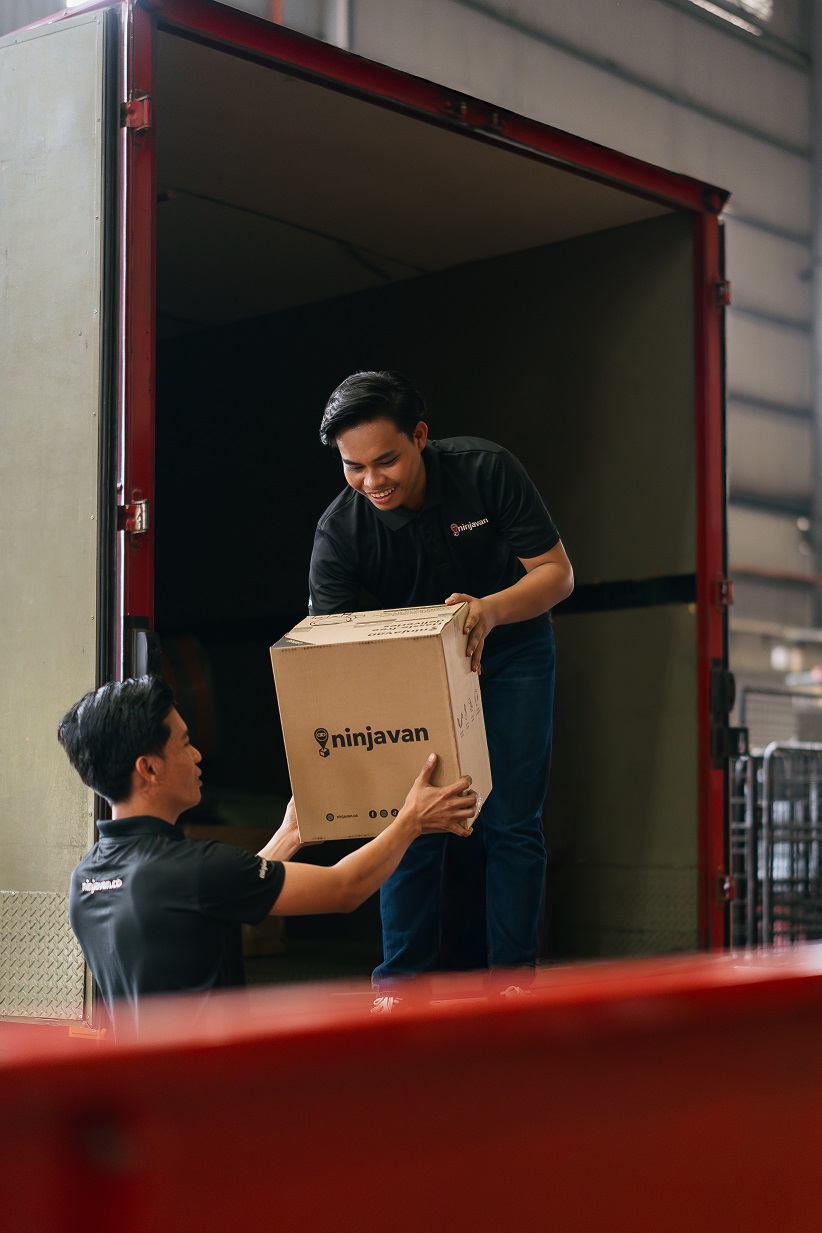
Here’s a simplified flow of how cheaper shipping works under a business account with Ninja Van:
1. Volume qualification
Ninja Van typically divides clients by volume. For example, those shipping over 150 PPM (parcels per month) are considered enterprise clients.
2. Tiered / Discounted rate model
Instead of the public rate card, you get a negotiated discounted rate sheet. Often, the discount deepens as volume or commitment increases.
3. Customized terms & surcharges
You negotiate or waive certain accessorials, lower minimum charges, or lower remote area fees.
You may also negotiate zone blocks (e.g. you agree to serve only certain zones where delivery is more cost-efficient) in exchange for better rates.
4. Service level bundling / priority windows
You may package slower SLAs or deferred delivery windows to reduce cost. Or negotiate preferential slots for pick-up and handling.
5. Account oversight and periodic reviews
The courier will monitor your shipments, and you can revisit terms when your volume grows or shifts.
6. Data & analytics leverage
You provide your shipping data (origin, destination mix, weight profiles), which helps the courier optimize routes and suggest cost-saving changes.
In practice, you submit a proposal / shipment history to the sales team, they run a model, you negotiate a rate plan, sign a contract, and transition your volume. Once live, you monitor monthly performance against targets.
👉 Already ship more than 100 parcels/month? Contact Ninja Van today to see what discount you qualify for.
9 Strategies to Lower Your Effective Shipping Cost
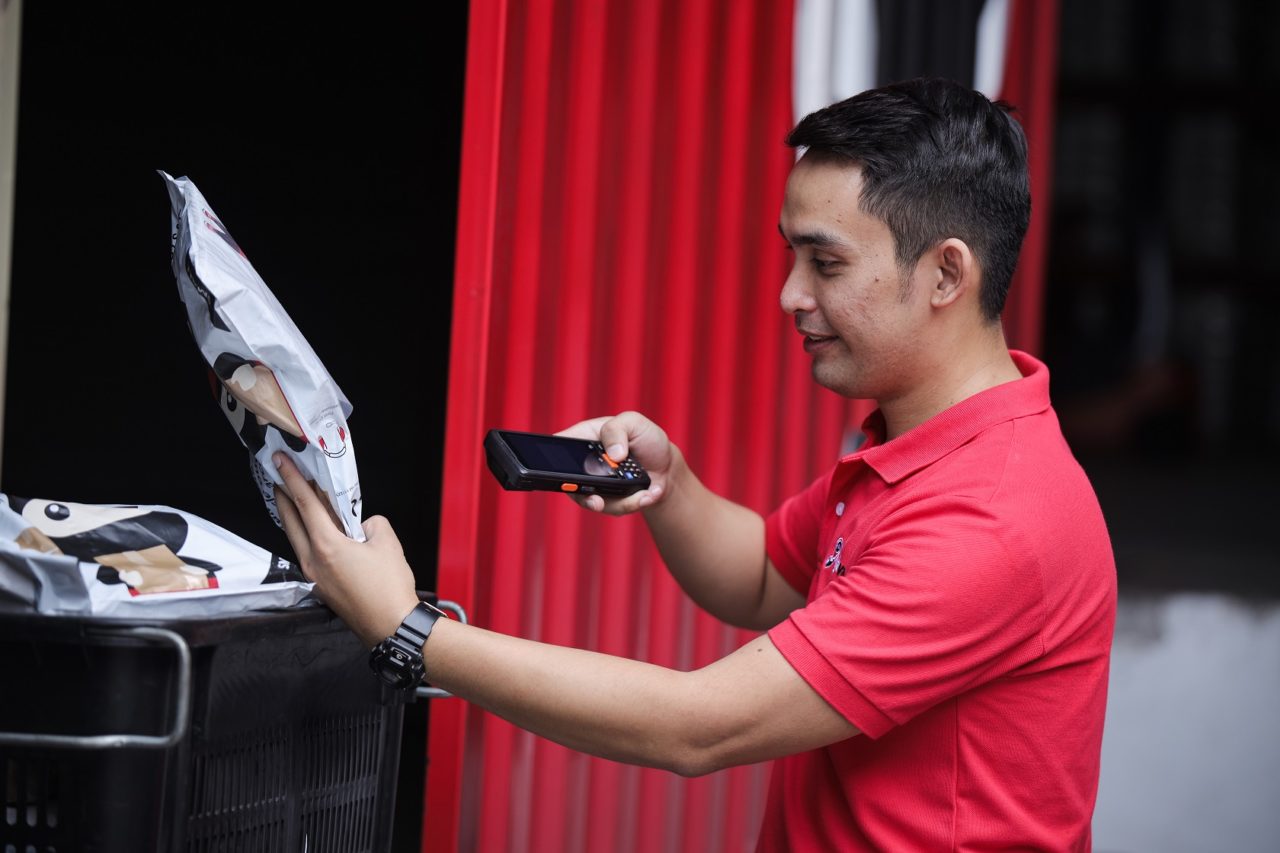
Even with a negotiated business rate, you can further optimize cost. Below are actionable tactics.
1. Consolidate Shipments / Use Bulk Pickups
Instead of many small pickups, combine orders to reduce pickup cost and handling. Consolidation can reduce per-parcel labor cost.
2. Optimize Packaging / Right-size Boxes
Because of dimensional weight pricing, avoid oversized packaging. Use folding boxes or mailers that just fit your product, reducing the volumetric weight surcharge.
3. Negotiate Minimum Charge Floors
If your courier has a minimum parcel fee (e.g. RM 5 even for light items), negotiate to lower it (e.g. RM 2–3) or apply a waiver beyond a volume threshold.
4. Zone Optimization / Zone Capping
Negotiate zone caps or blocks. For example, you might tell Ninja Van: “I’ll avoid shipping to certain remote zones unless at premium rates — in return, give me better rates for your main zones.”
5. Flexible SLA / Delivery Windows
Offer to use “economy / standard” delivery rather than express for low-urgency orders. The slower SLA often carries lower cost and you may be able to negotiate a “floor” express surcharge.
6. Negotiate Waivers of Accessorial Fees
Accessorials like fuel surcharge, remote area fees, Saturday delivery, or special handling can be hot negotiation points. With volume, you may get partial or full waivers.
7. Review & Benchmark Regularly
Benchmark your negotiated rate vs. their publicly published rates and competitor couriers. Use that data in renegotiations. Ask for rate resets when you hit volume milestones.
8. Use Return Capacity / Backhaul
If your courier has vehicles returning empty (backhaul), negotiate discounted rates for shipments in that direction, or pushing returns back with cheaper fees.
9. Leverage a Dedicated Account Manager
Push for a key account manager who can spot inefficiencies, propose zone regrouping, or flag surcharges before they hit. Good account reps can be your strategic ally.
Benefits vs. Trade-offs
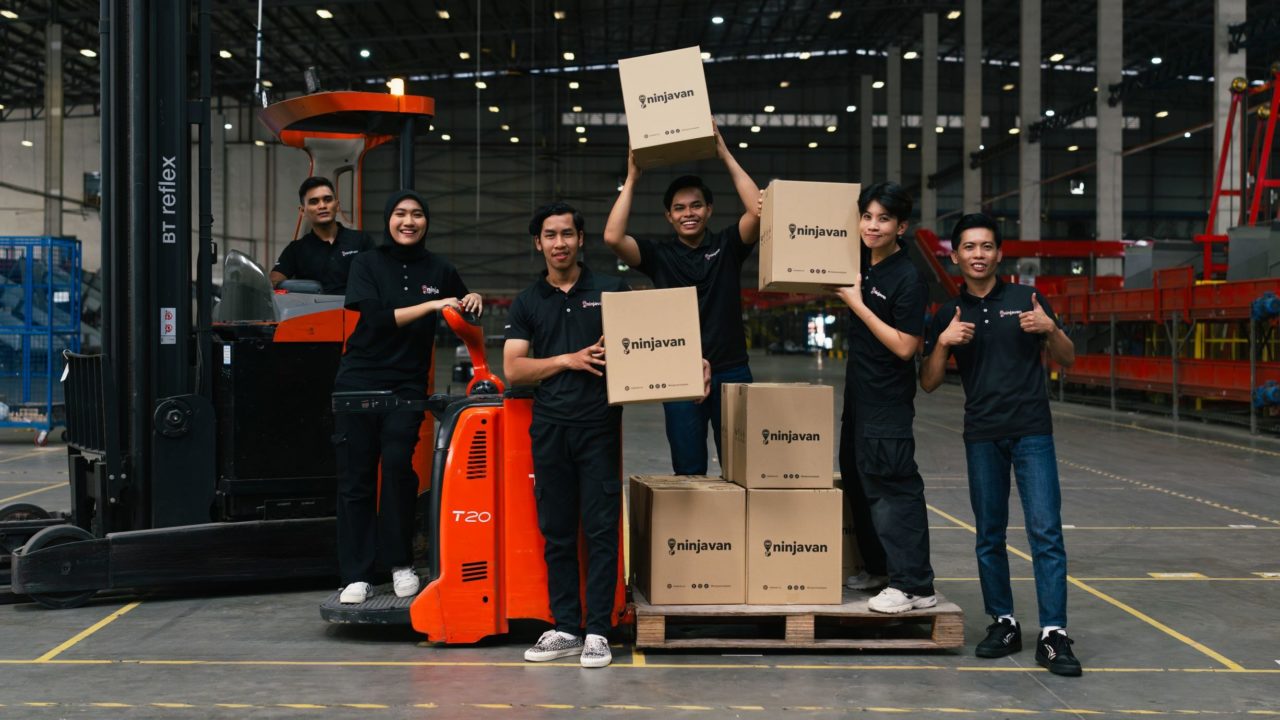
| Benefits | Trade-offs / Things to Watch |
|---|---|
| Lower cost per parcel — deeper margins | You may be locked into a minimum monthly commitment |
| Access to premium services (priority pickups, expedited support) | Contract could include volume cliffs (penalties if volume drops) |
| Better predictability & budgeting | Negotiated rate plan may be rigid and less flexible for ad hoc zones |
| Surcharges reduced or waived | Some surcharges may still apply — check fine print |
| Closer relationship with courier | Requires administrative overhead (reporting, analytics) |
| Room to scale further | Renegotiation can be challenging if your growth is uneven |
👉 Want a side-by-side comparison? Talk to our business team and request a customized quote.
FAQs (Frequently Asked Questions)

A: While Ninja Van doesn’t publicly publish all thresholds, their site references enterprise-level pricing for those shipping >150 PPM (parcels per month). If you’re shipping under that, you may still get discounts—just a bit more limited.
A: The business account offers discounted rates, waiver of certain surcharges, priority handling, dedicated account support, and customized SLAs. A regular account pays the standard rate card with all accessorials.
A: Usually yes — if your volume increases or your shipping profile changes, you can ask for rate renegotiation or volume tier upgrade. But check your contract for clauses on rate reviews. Learn more by contacting us.
A: Some contracts include volume penalties or rate reversion to standard pricing. Best practice: maintain your baseline or negotiate some tolerance. Learn more by contacting us.
A: Once your contract is signed and your shipments are transitioned to the business account infrastructure (routing, billing, pickup), cost savings generally show up in the next billing cycle.
Use Cases (Examples & Scenarios)

| Mid-Sized E-Commerce Brand | Seasonal Spikes | Remote / Rural Focus | Bundled SLAs |
| A brand ships 200–300 parcels per month. Their current courier is charging RM 8 per parcel on average. They approach Ninja Van’s business team, submit shipping history, and negotiate a 20% discount. Their new average becomes RM 6.40. That’s RM 1.6 saving × 200 = RM 320/month extra margin. | A retailer sees surges during certain months (e.g. 11.11, 12.12). They include a clause in the negotiation that allows incremental discounts above a baseline (e.g. extra 5% off for volume above 300 PPM). That helps them handle peak periods without margin erosion. | A company sells niche products to remote areas. Many couriers charge steep remote area fees. This company negotiates zone capping: any parcel delivered to selected remote zones is capped at a fixed surcharge rather than unlimited. That prevents runaway cost in those zones. | A subscription box business doesn’t need next-day delivery. They negotiate for economy SLA at deeper discounts. Orders going to customers can be flagged for slower delivery automatically, giving them margin cushion. |
Key Takeaways & Next Steps
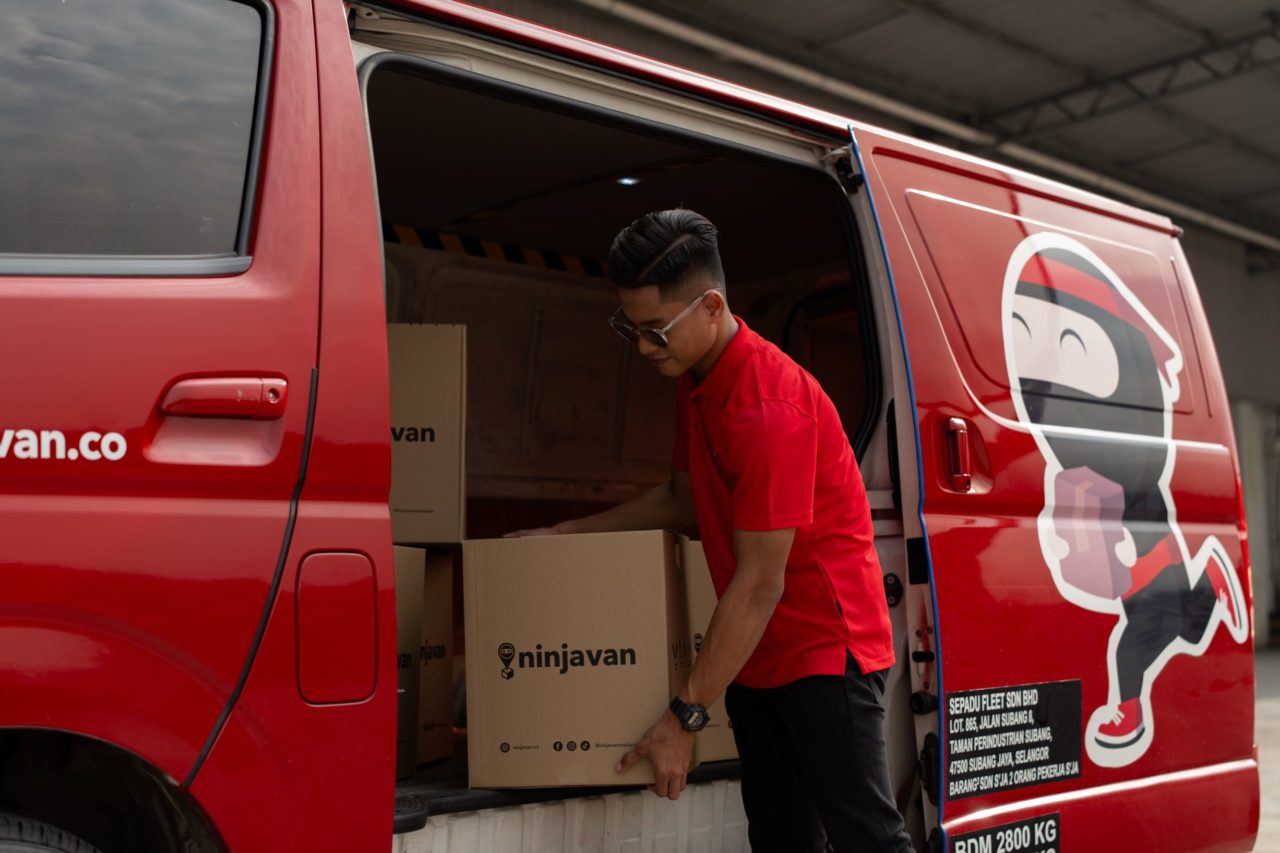
- The biggest lever to cheaper shipping is your monthly volume (PPM) — the more you ship, the more negotiating leverage you have.
- Understand all cost drivers — weight, dimensions (dimensional weight), zones, surcharges, minimum charges — so you know where to negotiate.
- Don’t accept the first offer. Use your data, benchmark competitors, and push for surcharge waivers and zone blocks.
- Renegotiate as your business changes. Don’t settle into suboptimal terms long term.
- Use consolidation, packaging optimization, and zone strategy to reinforce your lower rate plan.
